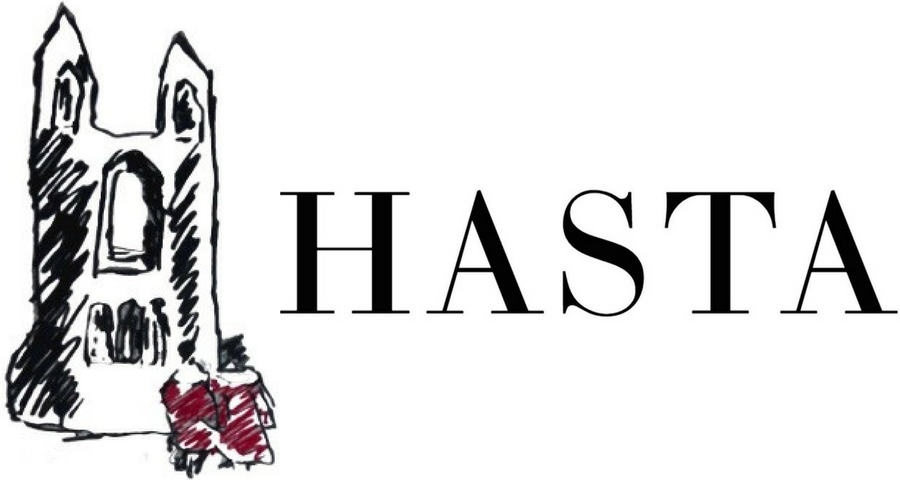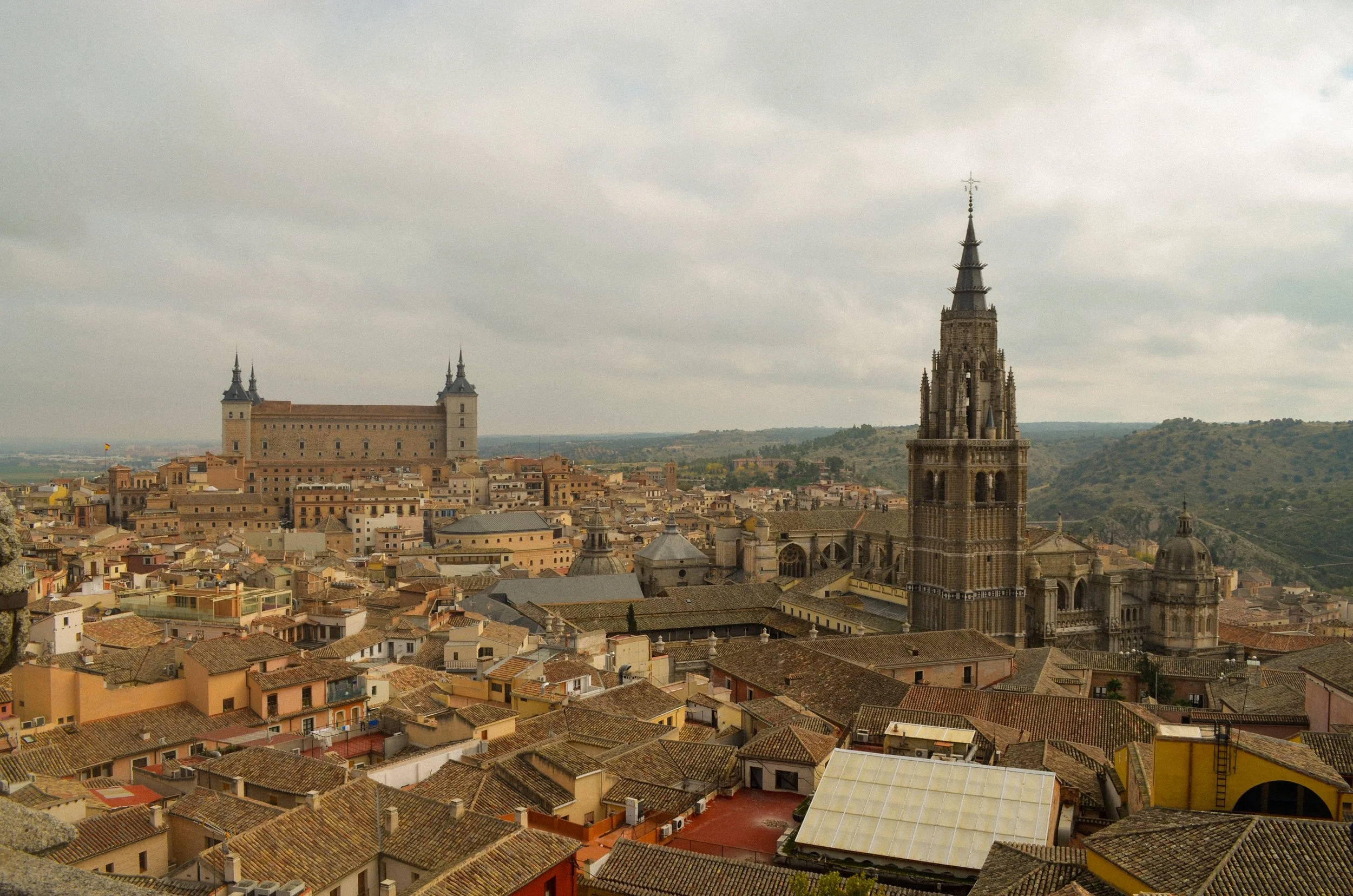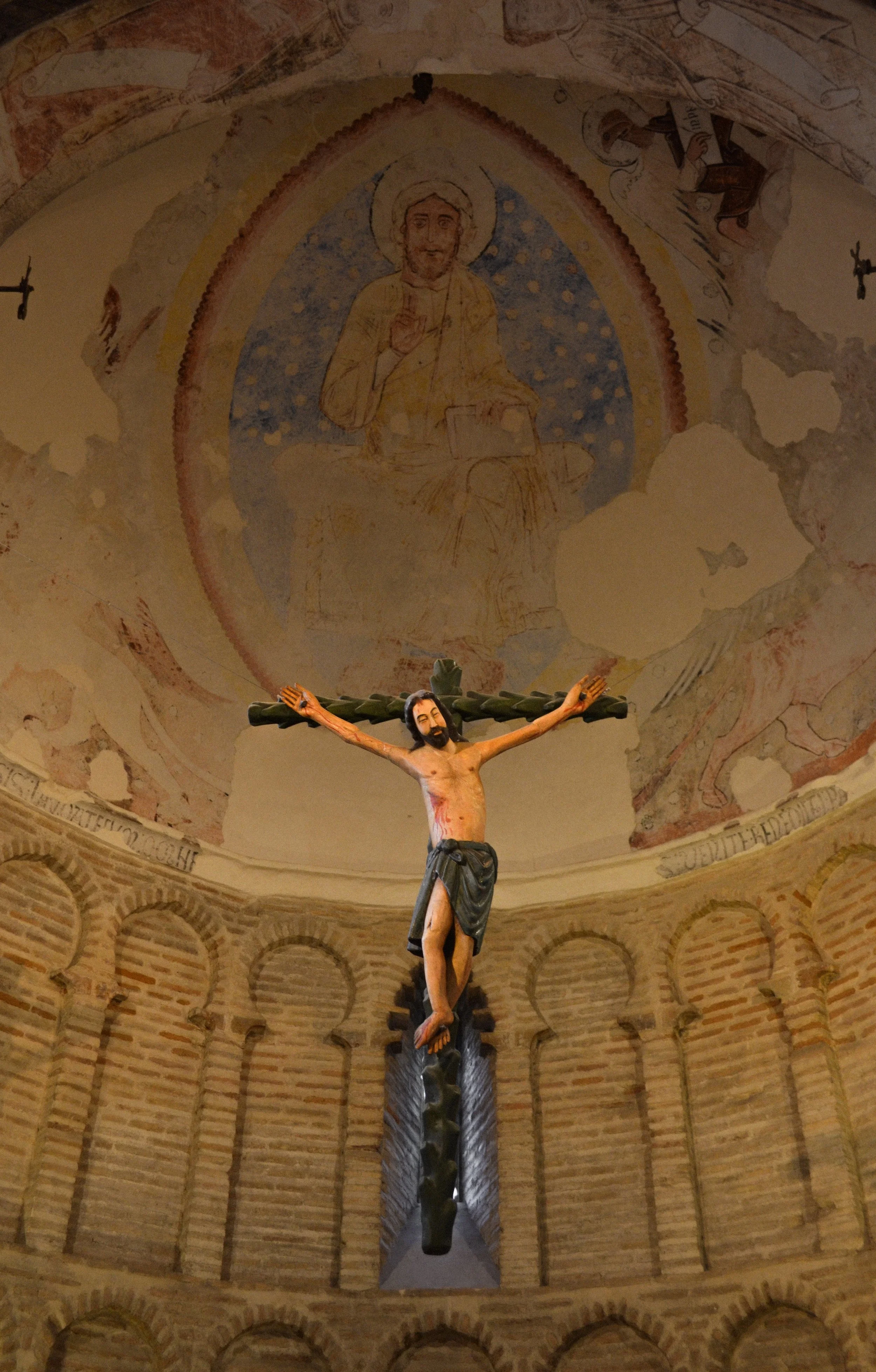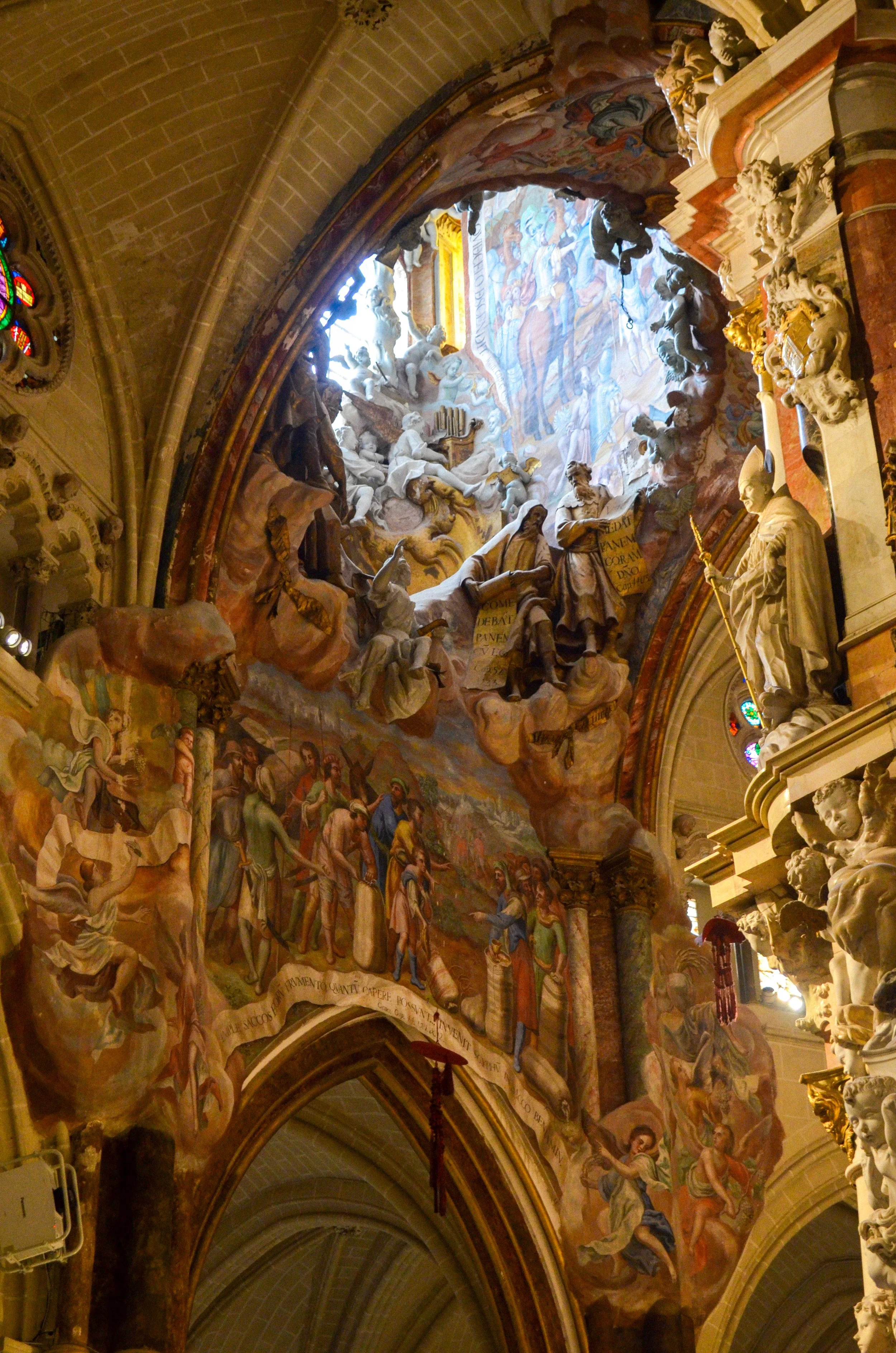Toledo: Crux of Iberia
By Madina Burkhanova
View of Toledo. Photo: author, 2024.
Having just submitted my final-year undergraduate dissertation, now feels like an apt time to reflect on my visit to the enchanting town of Toledo, Spain. An hour from Madrid in modern-day Castile-La Mancha, I had the privilege of going to Toledo to research a specific monument. In this article, though, I will look at how Toledo generally surprised me with its wealth of beauty and history.
My journey with Toledo began four years ago when I drove through briefly on my way to another Spanish town. Since that day, I have not been able to release it fully. Last October, I had the opportunity to return and immediately leapt at it - for four beautiful autumn days, I wandered around the town happily with a steady supply of marzipan in one hand and my camera in the other.
Toledo looks and feels like it is stuck in time - densely packed with antiquated buildings, both religious and mundane, it is practically out of a fantasy book. Its compactness, made more obvious by the moat that surrounds it, adds to its fortress-like nature. My first day there felt like learning to navigate a labyrinth - winding roads, steep hills, and deceptively circular routes felt comedically confusing. These facets only made the experience of visiting Toledo more captivating.
Of course, I must begin with the site of my study (and I will try my hardest to keep it brief): the Mosque of Cristo de la Luz. The name seems contradictory because it is. Translating to the Mosque of Christ of the Light, this building is an ideal model of the combination of Christian and Islamic that is uniquely Iberian. This mosque was also the gateway to my knowledge of Toledo’s nuanced history. Compared to the more infamous monuments such as Toledo Cathedral, it is rather nondescript. Its grounds consist of a tiny building framed by an equally small, but beautifully kept, garden. However, it is the oldest standing monument in Toledo, dated to the year 999. Furthermore, it is exemplary of one of my favourite art historical niches: mudéjar architecture. Mudéjar is a term that typically refers to Muslims who remained in Spain after the Christian reconquest, although it has also come to define the fluid Spanish architectural style that combines Jewish, Islamic, and Christian conventions. Upon entering, you are surrounded by Islamic arches and a classic Islamic vaulted ceiling. Your line of sight is then directed to a crucifix suspended by invisible wires, which is surrounded by Gothic frescoes. The mosque is subtly divided into its Christian apse and its square mosque. There are centuries of architecture embedded into the structure: the columns holding up the mosque are Visigothic, dating to as early as the eighth century. The mosque was completed in 999, and the apse was added in the twelfth century. Standing in the (usually empty) space is a deeply spiritual experience.
Crucifix in the Mosque of Cristo de la Luz. Photo: author, 2024.
Toledo’s main attraction, the site that draws tourists in Madrid out for the day, is its cathedral. The cathedral is the focal point of the entire town - speaking from experience, whatever side road you may take will lead you back to it. Its interior is expansive; paths lead you underground, into side exhibitions, and that is without accounting for the vast body of the chapel itself. It is a marvel of both art and architecture. Ceiling frescoes, sculptures, and metalwork are plentiful - the image below is of the Eastern side of the cathedral.
Toledo Cathedral. Photo: author, 2024.
Whatever time I did not spend in the Mosque of Cristo de la Luz or Toledo Cathedral, I dedicated to the plethora of synagogues, churches, and other mosques scattered across the town. Each monument is exemplary of the mudéjar architecture that I so love. I spent my mornings sitting and sketching, absorbing the town’s history as I happened upon it. I went into each site with no expectations and always left outrageously impressed. October felt like the perfect season to be there. The weather was temperate, the streets largely empty, and I selfishly felt as though the entire town was working in favour of my research.
Despite what can only be referred to as an obsession with the Mosque of Cristo de la Luz, the highlight of my visit was my time spent in the main library - Biblioteca de Castilla-La Mancha. The library is stunning and has a panoramic view of the town, but I had come there for academic reasons. My Spanish is passable… by no means am I fluent, but I prepared for any scholarly eventuality. Of course, these eventualities were realised. I came to the library to find Spanish sources for my research that I would not be able to access elsewhere. I found plenty - finding a way to keep them was another story. With the help of two wonderful librarians and their patience as I stumbled through my Spanish, I found a place to obtain a small but rich Spanish book about the Mosque of Cristo de la Luz, written by a local professor. This book eventually served as the framework for my dissertation. The librarians’ laughter and kindness is undoubtedly the most striking moment of my trip.
It is difficult to articulate what exactly about Toledo I find so magical. Certainly, much of that feeling is substantiated by my intimate connection to the town. My two trips to it bookended my university experience, so it feels pivotal. That being said, I believe the beauty of Toledo is tangible to any visitor, no matter the length of their visit or their prior relationship to the town. I spent my evenings sitting on my rooftop and looking over Toledo’s dense topography, feeling as though I could not have happened upon a more abundant source of academia and history. This town is the perfect place to be silent and studious. Its history is palpable; you feel it in the streets, in each convent selling marzipan, and of course in any of its many, many monuments. I could write an entirely different article about Toledo’s multireligious reputation throughout the medieval ages, but this history of harmony certainly compounds its uniqueness. Whether you are a scholar or not, and whether you spend a few hours or a few days there, I encourage you to visit Toledo and let it surprise you.



